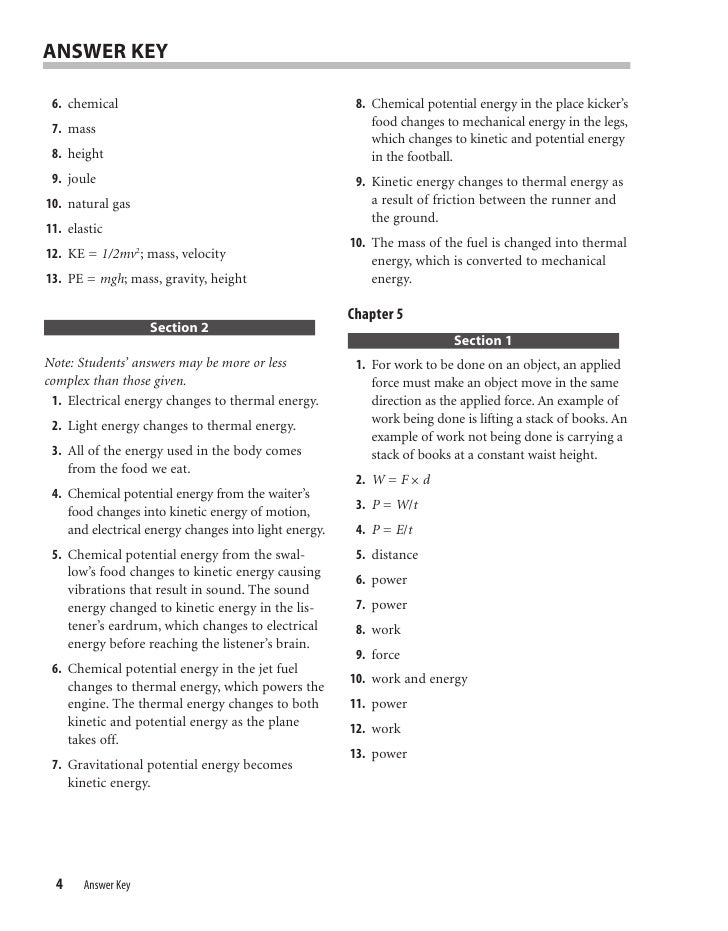Unit 14 Physics Study Guide
Dobberpuhl's Teacher Page. Search this site. Physics Units 7-9. 14: Unit Test: 15 (Semester Study Guide for Extra Credit Due). Aliso Niguel High School. Comments, corrections,. Unit 3: Electricity and Magnetism. Electric Charge, Force, and Fields.
Significant Figures and Factor Label Basics - Standards, Metric Conversions, Data Analysis - Accuracy and Precision, Propoagation of Error - Laboratory Activity to produce a density graph for graphing error analysis. Completion of Graphing Lab and Review of Error Propagation - Position, displacement, distance, time, average velocity, average speed, acceleration - More on acceleration, x vs t graphs, v vs t graphs - Constant acceleration problems - Freefall and Reaction time Lab Activity - Test Description, IB Objectives, Study Resources, Memory items - Practice Problems addressing skills for the test Omelet Review (once over lightly), Vocabulary, Memory Items, Skills to know how to do listed Reading assignment for new unit.
IB 1.3 Vectors and Scalars.
Ap Physics Study Guide
Study Guide Unit 14: Doppler Effect This unit discusses wave and vibration applications in astronomy. Much of it explains simple facts of astronomy, as the wave nature of light is the basis of much of what we know about the universe. Topics.

Doppler Effect. Sound. EM Radiation. Binary Stars.
Neutron Stars and Black Holes. The Expanding Universe Learning Objectives After completing this unit, you should be able to. identify the speed of sound through air. identify the Doppler formula for sound, and explain how sonic booms originate. explain how the period, speed, and radius for circular motion can be determined using the Doppler shift. identify the Doppler formula for electromagnetic radiation for slow radial motion.
Unit 14 Study Guide Physics
describe how the absorption lines in stars indicate their radial speed, and outline the importance of this in astronomy. explain how the absorption lines in double stars (whether both are seen or not) show their orbital motion. identify that the masses of stars and the size of a binary orbit may be determined from the Doppler effect. describe accretion disks (qualitatively), and explain why X-ray emission would be expected from them. identify the maximum mass of a white dwarf and that of a neutron star, and explain how scientists infer that black holes. use Hubble’s Law to find the distance (span) of a galaxy (given its radial velocity) and to determine the age of the universe.
Physics Study Guide
explain why the expansion of the universe makes it look as if Earth is at the centre (although it isn’t).